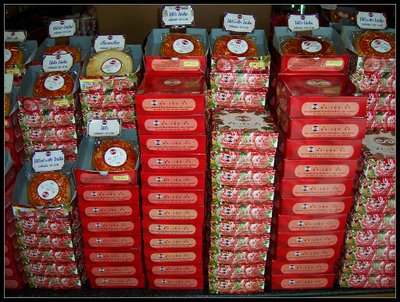
Our last stop for today is at "Tang Seng Chua" (ตั้งเซ่งจั๊ว) to buy some original Thai-Chinese sweet.








There are some moments in my life that have been captured through the lens and that would be not be completed without the attribution from my friends, of which I am really grateful. By the way, all the places information is excerpted from various websites and books.